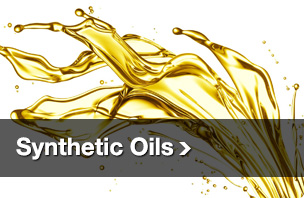Modern machinery uses gears that span a wide variety of materials, sizes, speeds and applications. One thing all of these gears have in common is the need for high quality oils to lubricate the mating surfaces. Industrial gear oils are available in both traditional petroleum based formulations as well as custom designed synthetic blends.
The first job of industrial gear oil is to reduce friction within the mating parts of the gears. High speed gearing requires oil that will not break down in a high temperature environment. This type of application will also require oil that has good heat transfer properties and has a high enough viscosity to move into and through the gears back to the circulation system that may include a cooling unit and filter.
Slower speed gearing systems will need oil that is viscous enough to stay in place throughout the cycle of the gear while maintaining appropriate friction reduction properties. For large slow gears that are subject to very high loads, an extreme resistance to compressive as well as shear forces is required.
Industrial gear oils begin with a base oil formulation of either mineral oil or a synthetic fluid such as a PAO-polyalphaolefin, or an ester. This base oil may comprise from 50 to 98 percent of the final formulation depending on how many additives are require to deal with specific applications. Additives may include viscosity modifying polymers and rust and oxidation inhibitors to protect the metallic surfaces of the gears and to prevent breakdown of the oil through oxidation. For metal to metal contact applications, an anti-wear additive may be included to provide a sacrificial surface between the gears and reduce friction.
The final item to consider when purchasing industrial gear oil is the environment under which the oil must perform. Gearing that is open to the environment may require an additive to either separate out water, allowing for it to be drained from a sump. If separation is not possible, the oil may need an emulsifier that mixes the water and oil together and ensures it stays mixed. Oil that is subject to particulate contamination may also require a dispersant to bind with the contamination and ensure it moves out of the gearbox into the filtration system.
By understanding the four primary conditions of the application, load, environment, temperature and speed, appropriate oils can be sourced to satisfy any and all requirements.




